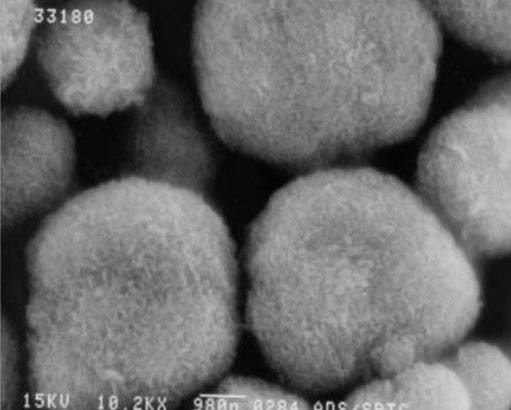Tech Briefs
Savannah River National Laboratory
Delivery or removal of metals from biological systems
This technology could be used to deliver therapeutic doses of metal ions to diseased organs in humans and animals and also to remove elevated levels of accumulated metals in affected organs.
Background
Organic radio-chromic compounds (ORC) visually display (for instance, via spectroscopy or other visualization techniques) the presence of radiation (e.g., ionizing radiation, high energy radiation, etc.) and have increased the safety of workers in many fields including first responders, researchers, and those involved in the nuclear power and weapons industries. In addition, while detection of all forms of radiation (e.g. α, β, and γ) is important, the ability to quickly and visually detect γ radiation at low dosage levels is particularly relevant due to the potential danger and difficulty in shielding from γ radiation.

At a glance
- Non toxic to biological organisms
- Potential capacity to decontaminate biological environments
- Potential use for therapeutical metals delivery
- U. S. Patent 8,771,750
How it works
This invention provides an alternate method of metal ion delivery and/or removal using an inert, inorganic substance, monosodium titanate (MST). For drug delivery, the metal of interest would be loaded onto the MST and injected into the patient. Metal-loaded MST would then release the metal into the affected organ. For metal removal, one would inject the MST into the blood stream and/or affected organ, and MST would sorb the excess amount of metal and the metal-loaded would be removed by natural pathways.
Potential uses
This technology would have commercial potential to the medical and pharmaceutical industry. A patent has been issued by the U. S. Patent and Trademark Office.
Partnering Opportunities
SRNL invites interested companies with proven capabilities in this area of expertise to develop commercial applications for this process under a cooperative research and development agreement (CRADA) or licensing agreement. Interested companies will be requested to submit a business plan setting forth company qualifications, strategies, activities, and milestones for commercializing this invention. Qualifications should include past experience at bringing similar products to market, reasonable schedule for product launch, sufficient manufacturing capacity, established distribution networks, and evidence of sufficient financial resources for product development and launch.
Download Tech Brief
Contact Information
Savannah River National Laboratory
E-mail: partnerships@srnl.doe.gov